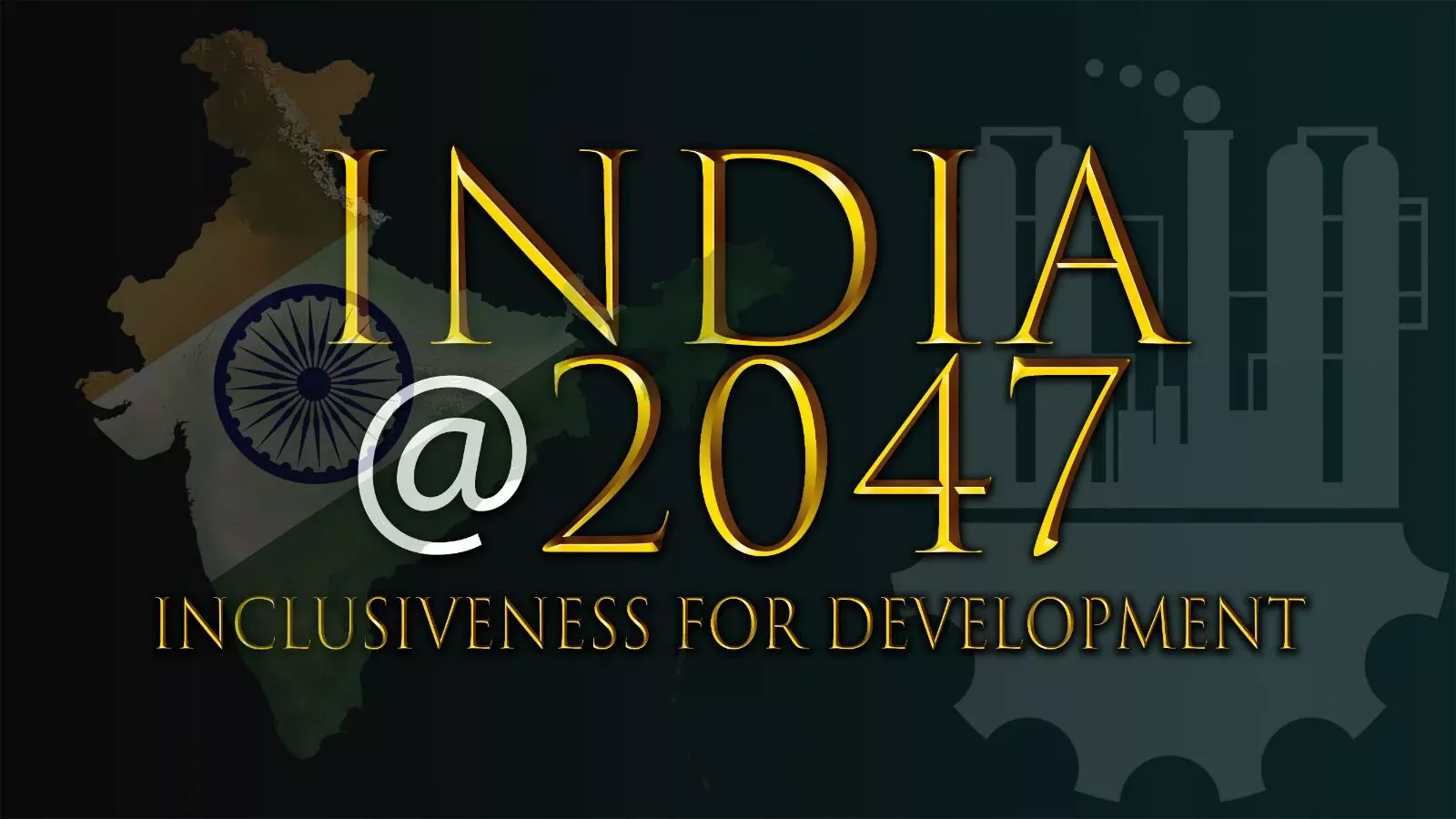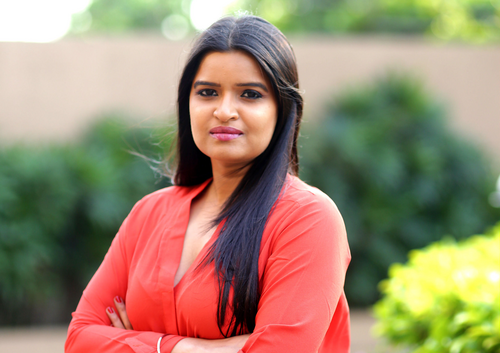A developed nation?
We would love the “developed nation” tag, but what challenges strew our path?

India is on the Moon — literally! A matter of immense pride and no mean feat for a developing nation to soft-land on the Moon, becoming the fourth in the world, and first to do so on the south pole of the celestial body. And in true Indian style — we did it at a fraction of the cost! Our qualities of intelligence, perseverance towards excellence, and frugal yet efficient behaviour — were all on display as Chandrayaan-3 made history. We Indians can truly accomplish whatever we want if we put our minds to it.
Chandrayaan-3’s soft-landing comes on the heels of our 77th Independence Day and at a time when discussions are afoot about India@100. Prime Minister Narendra Modi in his I-Day speech said that India would be a developed nation by 2047 when we celebrate 100 years of freedom from colonial oppression. Can we realistically get the developed nation tag by then? What would be needed to get there? How far away are we?
The journey to becoming a developed nation is fraught with challenges. Can we do it? Yes, we can. But just enthusiasm and blind yesmanship won’t get us there. It will require a multi-pronged effort. For a multicultural and heavily populous nation like ours, achieving pockets of high income will not help fulfill the greater dream. As recently mentioned by former Governor of the Reserve Bank of India (RBI), D Subbarao, there will have to be a drastic reduction in the “sharp inequalities in health and education”. I would go further and say that the widening gap between the haves and have-nots can’t ever be the precursor to achieving the “developed nation” status.
India has prospered on many counts — our infrastructure development is underway at breakneck speed, connectivity and logistics are the best that we have ever had and are improving further, the Indian entrepreneurial spirit can be vouched for by the robust startup ecosystem — and yet we have urgent challenges too. We need more skill development, vibrant job creation, and more avenues for the youth of economically and socially backward groups, to transcend the poverty line. According to a 2017 World Bank report, 60 per cent of our 1.3 billion population was below the poverty line. A majority of Indians were living on less than USD 3.10 a day while 21 per cent (roughly 250 million) managed on less than USD 2 a day. By comparison, as per the latest Oxfam report, the most affluent 5 per cent Indians reign over 60 per cent of the country’s wealth, the crème de la crème 1 per cent controls 40.5 per cent of national resources, while bottom 50 per cent owns only 3 per cent of the wealth. Bridging this gap and ensuring that development through education and better access to health percolates to all stratas of society, remains our greatest hurdle. The Niti Aayog has recently stated that 13.5 crore Indians have crossed the poverty line in the last 5 years. This refers to “multidimensional poverty”, in which poverty is measured not by incomes but rather by levels of deprivation on account of health, education, and standard of living. Without access to the latest National Statistical Office (NSO)’s consumption expenditure surveys and lack of post-pandemic data, there exists confusion and opacity over the poverty numbers and methodology incorporated. If we don’t know where we stand, we can’t sew up an action-oriented plan. For this, and all else, access to authentic, reliable data is mandatory. Independent, apolitical national institutions and a fair, effective justice system would also be of paramount importance in this journey.
To become a developed nation, we will also have to ride on technology and make it our strongest ally. We are already doing it. The Unified Payments Interface (UPI), for instance, in spite of some of its vulnerabilities, is one of the best innovations to be adopted by the nation and is a model for the world. No development will come without considering and accommodating climate change. While we keep our eye on the prize of turning into a developed nation, the climate crisis will be a real and ongoing issue. In the run-up to India@100, we will have to build greater awareness about climate change, rectify the way we live and work, and learn to exist in harmony with nature. More solutions will need to be created to also tackle climate change and global warming. Intense heat and rain have been devastating Indian cities, towns, and villages. It will take strong political will and ingenious business acumen to prevent and/or handle destruction created by climate change.
The Indian middle class, while a haven of consumption power, need support too. Instead of constantly being squeezed for tax at every juncture, the mid-income group requires positive policy moves that improve their lives and livelihoods, which would in turn urge them to spend more. India cannot be branded a developed nation unless it’s inclusive. Women, who comprise half of the Indian population, will have to play a pivotal role in helping the country become developed. More women at the workplace and greater participation of women in the labour force is a necessity, not an option. But to have more women join and stay in the workforce, we will have to provide equal opportunity workplaces, safe public spaces, and encourage progressive mindsets in our private lives. This inclusiveness will also have to remain integral within the Indian society and culture. What we have achieved so far has come at the back of years of nation-building. We cannot reach the next milestone as a cultural, religious hegemony. We must build on the essence of our religiously diverse great nation, further strengthen our Constitutional commitments, remove inequities, and embrace a climate-aware, socially inclusive, tech-enabled future.
The writer is an author and media entrepreneur. Views expressed are personal



